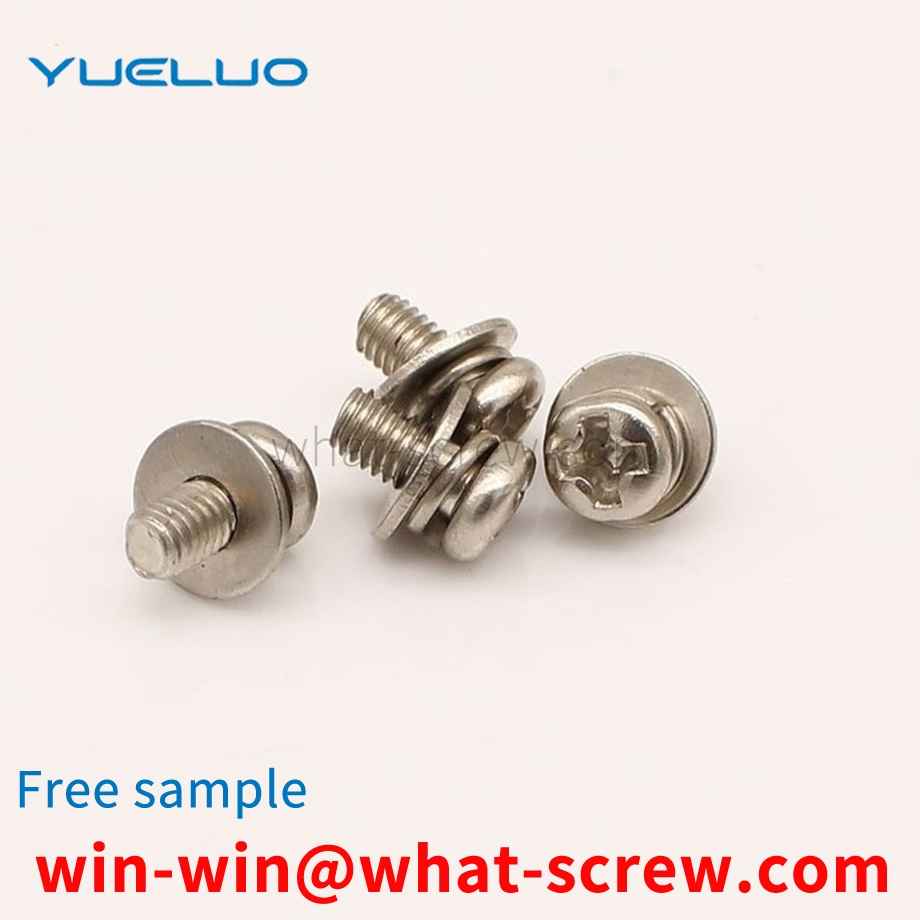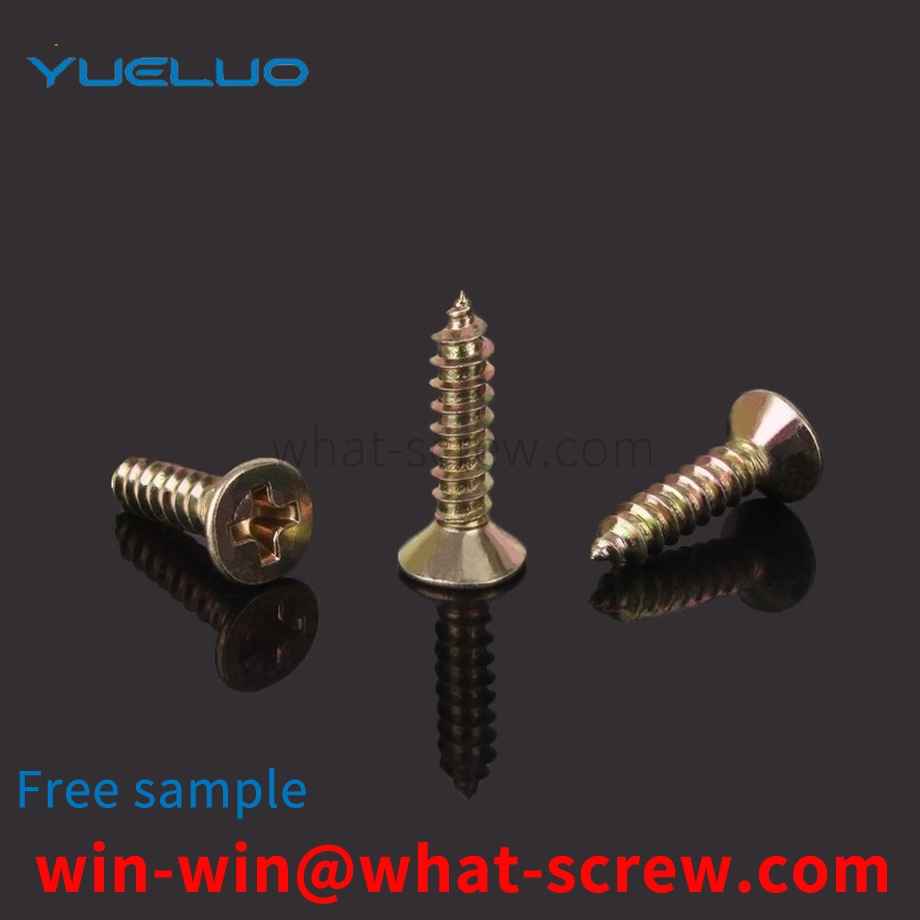lead screw nut is provided with a through hole in the center for the screw rod to pass through, the surface of the through hole is provided with a screw thread engaged with the thread on the outer surface of the screw rod, and the surface of the through hole of the lead screw nut is provided with a thread along the surface of the through hole. The oil storage groove in the axial direction, the depth of the oil storage groove is greater than the depth of the thread.
The automatic screw-removing device includes a manipulator and a screw-removing mechanism arranged on the manipulator, and the electric batch can drive the bit to rotate to remove the screws. Therefore, the above-mentioned automatic screw removal device can automatically remove the screws, which improves the removal efficiency and reduces the production cost. At the same time, the above-mentioned automatic screw removal device determines the coordinates of the screw through the visual recognition unit, which improves the degree of screw positioning, thereby improving the yield of the screw removal. The above-mentioned screw removal method can realize the automatic removal of the screw, and adsorb the screw through the bit head and drive the screw away from the workpiece.
Gaskets are divided into: flat washer - grade C, large washer - grade A and C, extra large washer - grade C, small washer - grade A, flat washer - grade A, flat washer - chamfer type - Grade A, high-strength washers for steel structure, spherical washers, cone washers, square bevel washers for I-beam, square bevel washers for channel steel, standard spring washers, light spring washers, heavy spring washers, internal tooth lock washers , Internal serrated lock washers, external serrated lock washers, external serrated lock washers, single-ear stop washers, double-ear stop washers, outer tongue stop washers and stop washers for round nuts, etc.
In recent years, more fasteners have been used in rivet nuts, which have replaced some existing welding methods to a certain extent. Rivet nuts are a way to join some difficult-to-weld equipment and other components. The use of rivet nuts requires rivet nut equipment (manual rivet nut equipment, etc.). Matters needing attention before using manual rivet nut equipment. 1. First, make sure the nozzle screws are properly assembled. According to the size of the rivet nut, select the appropriate equipment and rivet bolt. Every connecting part is not secure. 2. Confirm the deformation length or displacement of the rivet nut, and then leverage the long angle. 3. The scale ring of the rivet nut equipment is used to adjust the rivet stroke, which can be adjusted freely as needed. When adjusting the length of the rivet bolt, open the two handles and adjust the device head sleeve. The rivet bolts are exposed for a length slightly greater than the length of the rivet nut, which will eventually adjust the nut and device sleeve.
The main part of the pin screw is an ordinary screw, and the pin can be arranged in the melting section of the screw or the drop groove of the metering section or the smooth cylindrical surface without screw grooves at the end of the metering section. The pins are arranged in a certain arrangement, with varying degrees of density and quantity. Cylindrical pins are formed by fitting the pins into the holes of the threaded rod; square or diamond-shaped pins are formed by milling directly on the threaded rod. If these pins are set in the melting zone, the pins can break up the solid bed, destroy the two-phase flow, stir the solid and liquid phases together, increase the contact area between the undissolved solid phase fragments and the contained material, and promote molten. If the pin is set in the melt conveying area, its main function is to divide the material flow, increase the interface, change the direction of the material flow, and rearrange the flow beam. Divide and merge multiple times, change the flow direction, and homogenize the melt composition and temperature. The mixing section is an inwardly slotted structure arranged at the end of the common screw homogenizing section, and its outer diameter is equal to the outer diameter of the screw. The grooves are divided into several groups, and each group is the confluence area of the material. The materials are divided by grooves, meet in the confluence area, and then divide and confluence. The principle is similar to the pin type. The characteristic of the separate screw is that in addition to the original screw thread (called the main screw) on the melting section, there is also an additional thread (called an additional thread) whose outer diameter is slightly smaller than the outer diameter of the main thread, and the main and auxiliary threads are With different leads, the secondary thread starts from the end of the feeding section (and connects with the feeding section here), and after several threads, gradually intersects the main thread of the homogenizing section. The screw groove depth and thread lead of this kind of screw change gradually from the beginning of the feeding section to the end of the homogenization, that is, the thread lead gradually narrows from the width, and the groove depth gradually becomes shallower from the depth, which can maximize the compression of the material.
We have many years of experience in the production and sales of screws, nuts, flat washers, etc. The main products are: grade 10 fine pitch nylon lock nuts, stainless steel adjustable knurled fastening screws, flat washers for pins, blue zinc nuts and other products, We can provide you with the right fastener solution for you.



















 Service Hotline
Service Hotline




